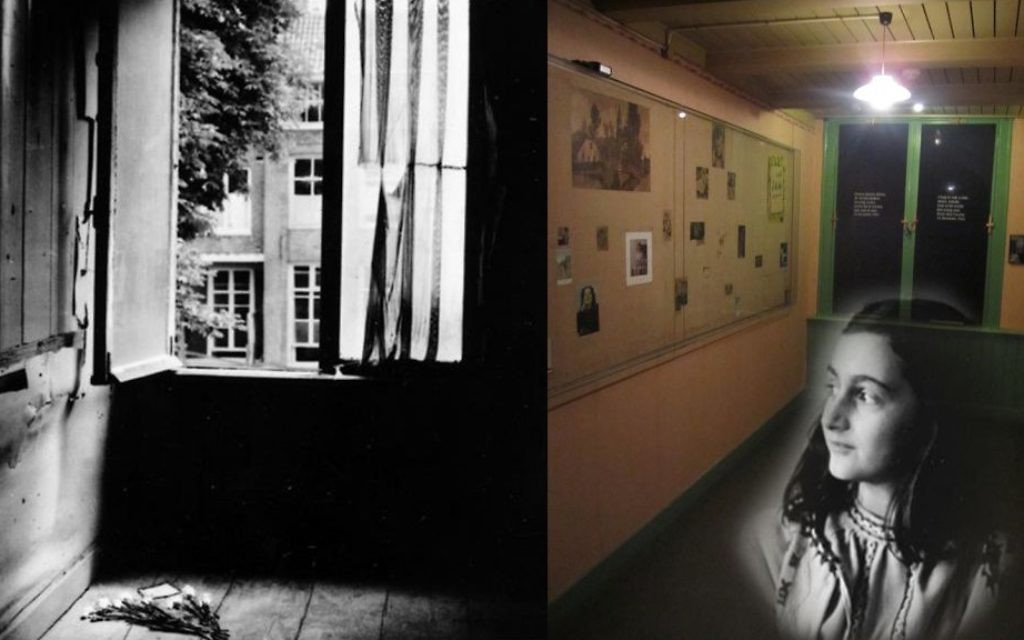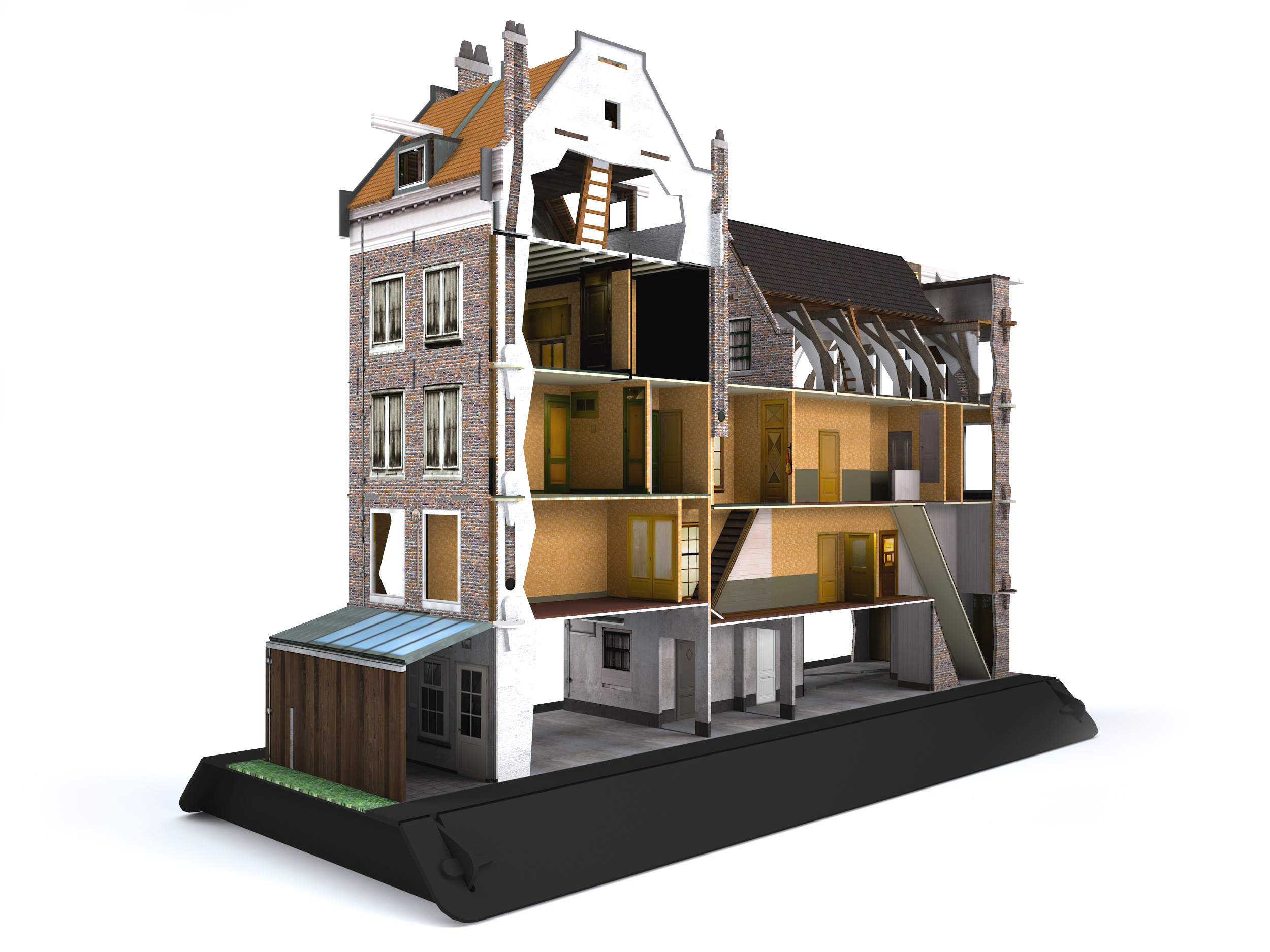Table Of Content

Planning a visit to the Anne Frank House immerses you right into the heart of the time’s dark history. To walk through the hallowed rooms where Anne penned her diary is a profound experience you shouldn’t skip out on in Amsterdam. With that, it necessitates thoughtful preparation to ensure a visit that is both impactful and respectful. As you traverse the creaking floors of the Anne Frank House, you’ll be transported to the era of the second World War.
Building history
For some reason, the Japanese were the first to really recognize Anne Frank as a cultural figure of great significance. Food was scarce and epidemics raged through the camps in unheated dormitories. Bergen-Belsen was liberated on April 15, 1945, by British troops, but it was too late for Anne Frank. Annelies “Anne” Marie Frank (12 June 1929 – early March 1945) was just an ordinary Dutch girl from an ordinary family. The family happened to be Jewish, which is why terrible things happened to them. Take a look around and discover the Secret Annex where Anne Frank hid for more than 2 years during WWII and where she wrote her diary.
Diary room
Anne gave Peter some pictures of movie stars to make his room look a bit more cheerful. Photos made in 1954 still show a couple of these pictures, but they have since disappeared. For the series we found duplicates and pasted them on the walls. As Peter would probably have had a few more, we took an ‘educated guess’ and added some. This was the room where those in hiding spent a lot of time. They had their meals here, listened to the radio, celebrated Jewish holidays… The kitchen counter is original.
Planning Your Visit: Anne Frank House Tickets
The Anne Frank House - A window into the Holocaust - The Times of India
The Anne Frank House - A window into the Holocaust.
Posted: Sat, 26 Aug 2023 07:00:00 GMT [source]
The website of the museum suggests 10 as the minimum age for visiting the museum, but clarifies that it is up to parents to decide whether their kids are ready for visiting such a place. Included in the price of the tickets you will also get an audio-guide in your language of choice that will take you through the exhibit. The bathroom is the only room that was left pretty much as it was found. It was shared by the eight inhabitants of the Secret Annex. There was a sink and toilet, and they could only use it during certain times in order to avoid being heard by the workers in the warehouse.

From the start of the period in hiding, Otto and Edith Frank marked their daughters’ heights on their bedroom wall. In two years’ time, Margot grew 1 centimetre while Anne grew over 13 centimetres. 'Writing lets me get rid of it all, my sorrow disappears, my courage is revived! Anne Frank’s original red-checked diary is on display at the museum. Anne had to share a room with Fritz Pfeffer, which led to frequent arguments. To brighten up the room, Anne put pictures on the wall.
Looking around inside Anne Frank’s former home on Google Arts & Culture
A map of the Normandy coast hung next to the growth lines. On 6 June 1944, the Allies landed at Normandy in France. Otto Frank cut a map from the front page of De Telegraaf of 8 June 1944, and mounted it on the wall. Claudia was born and raised in Italy, but she also lived in New York, Denver, and London. She's a professional travel blogger and certified travel designer who loves planning trips, sharing travel hacks, and packing lists so that you don't have to. Owner of My Adventures Across The World, solo traveler, cat mom to Minnie.
Anne Frank museum
Still, for the best experience, we recommend staying within walking distance of the museum. On display at the museum is the Academy Award that Shelley Winters won, and later donated to the museum, for her performance as Petronella van Daan in the 1959 film The Diary of Anne Frank. The award now sits in a bullet-proof glass case in the museum. The former hiding place of Anne Frank attracted a huge amount of interest, especially as translations and dramatisations of the Diary had made her a figure known throughout the world. Over the years, the building has had to be renovated to manage such a large number of visitors, and it closed temporarily for this reason in 1970 and 1999. Silberbauer was reinstated to the Vienna police force and allowed to continue with his life unmolested, probably grateful that the whole thing had been hashed out and resolved.
The atmosphere in the museum is authentic and subdued. The Anne Frank House is often sold out well in advance. We therefore always recommend making reservations as soon as tickets become available (6 weeks before your visit on Tuesday at 10am CEST). The Anne Frank House collects and manages a collection related to the Frank family’s history. For the Anne Frank video diary an attic in the city of Hoorn was found that could serve perfectly as a 'stand-in'.

The museum has been fitted with a climate control system to keep the temperature and humidity up to standard. She expanded it with new pictures from the magazines brought in by the helpers. She would take some pictures down or cover older ones with new ones.
Up here the families would hang out their laundry to dry and keep their food supplies safe. Through the bookcase is the entrance hallway to the hideout. The room that belonged to the Frank family is to the left of here and the room that was occupied by the Pels is up the stairs. In this otherwise unassuming hallway landing the famous revolving bookcase hides the entrance the Anne’s secret hideout. Built by Johan Voskuijl, it kept the family concealed until they were tragically discovered.
Let me however start by telling you a bit more about Anne Frank herself. The house was left in a bad state in the years following the end of World War II, but it was thankfully saved from demolition and a museum was established in the late 1950s. On 1 December 1940, Anne's father, Otto Frank, moved the offices of the spice and gelling companies he worked for, Opekta and Pectacon, from an address on Singel canal to Prinsengracht 263. Subsequently, the building became a warehouse, and the front warehouse with its wide stable-like doors was used to house horses. At the start of the 20th century, a manufacturer of household appliances occupied the building, succeeded in 1930 by a producer of piano rolls, who vacated the property by 1939.
In 2017, the museum had 1.27 million visitors and was the third most visited museum in the Netherlands, after the Van Gogh Museum and the Rijksmuseum. As persecutions of the Jewish population increased in July 1942, the Franks went into hiding in some concealed rooms behind a bookcase (known as the Annex) in the building where Anne’s father, Otto Frank, worked. While hiding Anne kept a diary she had received as a birthday present and wrote in it regularly. Tickets are 16 Euros and are only available through the website, and there is a six-week lead time from the time you purchase your tickets, to the day of viewing in a specific timeslot. That is, until the day in 1944 when the Nazis discovered them.
They remained hidden here for two years and one month until they were raided by the Nazi authorities, arrested, and deported to their deaths in concentration and death camps. Of the hidden group, only Otto Frank survived the camps. The entire museum, which occupies the three adjacent buildings on the street front of Prinsengracht 263 to 267,[1] opened on 3 May 1960.


No comments:
Post a Comment